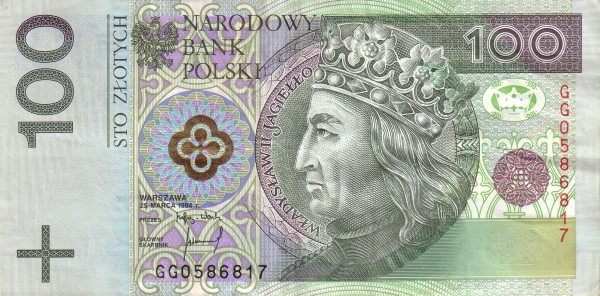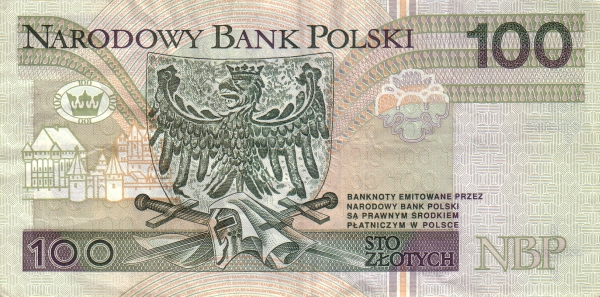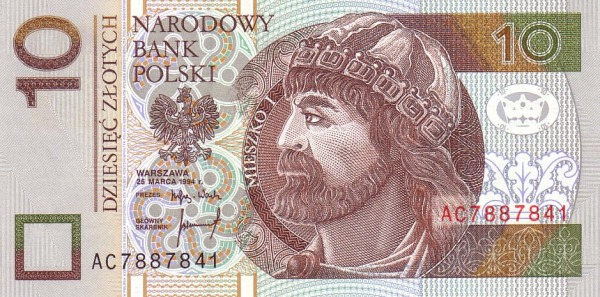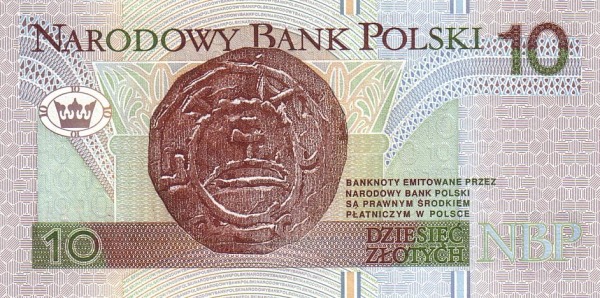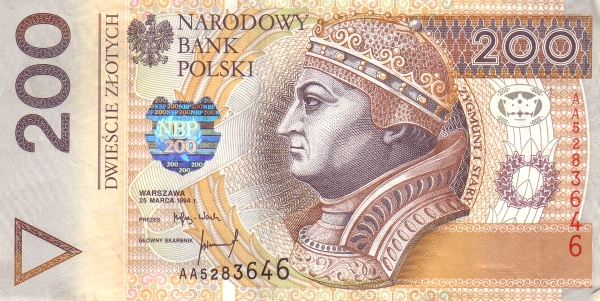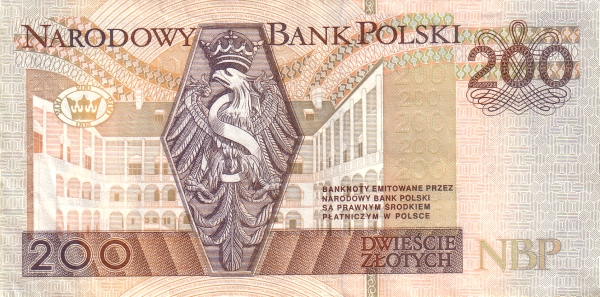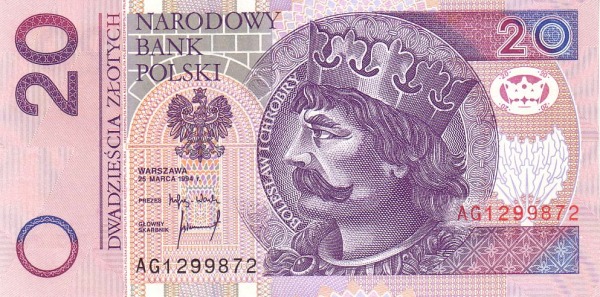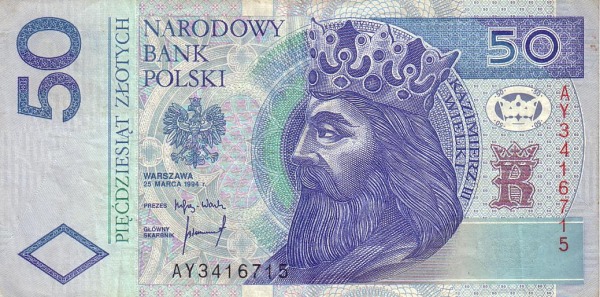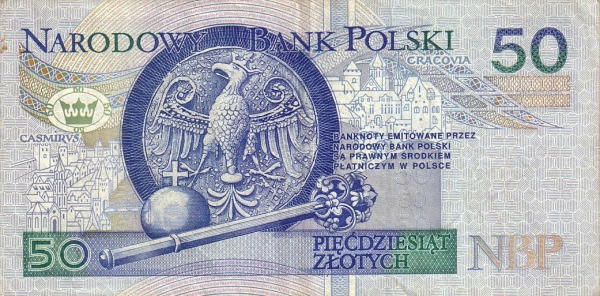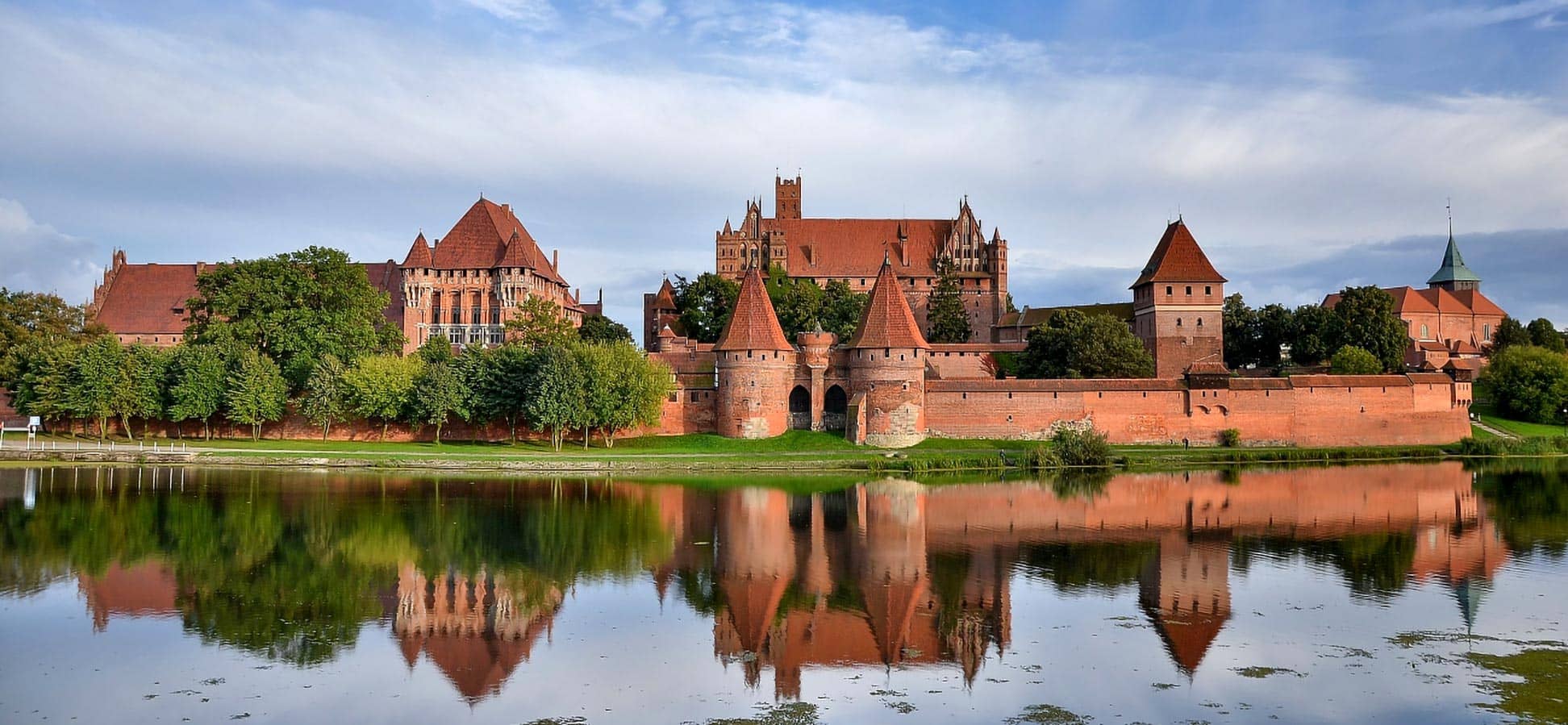Discovering Poland: A Vibrant Nation in Central Europe
Poland, a captivating country located in central Europe, boasts a rich tapestry of history and culture. With its stunning coastline along the Baltic Sea, it invites exploration and admiration. The nation shares borders with several countries: Germany to the west, the Czech Republic and Slovakia to the southwest and south, respectively, while Ukraine and Belarus lie to the southeast and east. Further, Poland's northern frontiers touch Lithuania and Russia, and it enjoys maritime boundaries with Denmark and Sweden. For travelers seeking a remarkable destination, Poland presents a unique blend of natural beauty, historical significance, and modern-day vibrancy.
Geographical and Demographic Overview
Covering an extensive area of 312,685 km², Poland ranks slightly larger than Italy and slightly smaller than New Mexico in the United States. The country is home to approximately 37.5 million people as of 2024, with Warsaw serving not only as its capital but also as the largest city. The richness of Poland extends beyond its geography; the official language is Polish, which encompasses four main dialect groups. Notably, around 87% of Poles identify as Roman Catholic, indicating a profound cultural influence of faith in their daily lives.
Historical Context of Poland
Poland's journey to statehood is both complex and inspiring. Following its independence in 1918, the nation faced tremendous challenges, including invasions by Germany and the Soviet Union during World War II. After the war, Poland fell under the influence of the Soviet Union as one of its satellite states. Despite these difficulties, Poland emerged from its past with a spirit of resilience and progressiveness. The labor tensions of the 1980s set the stage for significant political changes, culminating in the formation of the trade union "Solidarity," also known as Solidarność. This independent organization blossomed into a formidable political force, succeeding in parliamentary and presidential elections in 1990.
Economic Transformation
In the early 1990s, Poland underwent a noteworthy economic transformation propelled by a "shock therapy" program. This strategic initiative transitioned the nation into one of the most dynamic economies in Central Europe. The economic revitalization not only boosted national morale but also raised aspirations for European Union membership. Ultimately, Poland's dream was realized on May 1, 2004, when it officially joined the EU, marking a new chapter in its development.
The Political Landscape of Poland
Poland's political framework operates as a semi-presidential parliamentary republic, characterized by a representative democracy. It features a bicameral parliament known as Zgromadzenie Narodowe, composed of two houses: the 460-member Sejm (lower house) and the 100-member Senate. In this structure, the president serves as the head of state with the authority to dissolve parliament under specific circumstances. Meanwhile, the prime minister leads the cabinet and functions as the head of government, reinforcing the democratic processes within the nation.
Challenges to Democracy and Rule of Law
Since 2015, Poland has experienced a series of domestic political shifts, primarily driven by the ruling party's agenda, which has spurred reforms undermining judicial independence. The erosion of the rule of law, coupled with diminishing democratic oversight, has inadvertently fostered an environment vulnerable to corruption at the highest governmental echelons. Recent confrontations with the EU over the linkage between rule of law and the distribution of EU funds have put Poland’s democratic values and anti-corruption reforms at significant risk. This ongoing struggle prompts a critical examination of the nation’s political future.
Poland's Cultural Heritage
Beyond politics and economics, Poland is rich in cultural heritage. The country boasts numerous UNESCO World Heritage sites, including the historic center of Kraków, the Wieliczka Salt Mine, and the architecture of the modern city of Warsaw, which showcases resilience in rebuilding after World War II destruction. Polish cuisine, too, offers a tantalizing taste of tradition, featuring beloved dishes such as pierogi, bigos, and żurek. These culinary delights reflect the region's agricultural bounty and historical influences from neighboring nations.
Nature and Attractions
Poland's diverse landscapes range from the majestic Tatra Mountains in the south to the picturesque lakes and forests scattered across the nation. The Białowieża Forest, one of Europe’s last primeval forests, holds an exceptional array of flora and fauna, including the rare European bison. Outdoor enthusiasts will find plenty of opportunities for hiking, skiing, and exploring national parks across Poland’s picturesque terrains. Additionally, vibrant city life abounds in Warsaw, Gdańsk, and Wrocław, where art, music, and modern culture converge seamlessly.
Poland's Place in Europe
As a member of the European Union, Poland plays a crucial role in regional development and collaboration. The nation's contribution to the EU encompasses economic growth, cultural exchanges, and diplomatic efforts aimed at fostering unity among member states. Furthermore, Poland’s commitment to progress is evident in its ongoing initiatives addressing climate change, economic innovation, and social justice. These pursuits encourage a cohesive vision for the future, enhancing the country's standing on the European stage.
In conclusion, Poland stands as a nation teeming with history, cultural richness, and promising potential. Visitors to this vibrant country discover not only its beautiful landscapes but also its profound stories that echo through time. By exploring Poland, one gains a deeper appreciation for a land that continuously evolves while honoring its past.
Largest cities of: Poland
| City Name | Population | Year of foundation | |
| Warsaw | 1,793,579 | 1300 | |
| Kraków | 779,115 | 1257 | |
| Łódź | 685,285 | 1332 | |
| Wrocław | 640,640 | 1000 | |
| Poznań | 534,813 | 968 | |
| Gdańsk | 470,907 | 997 | |
| Szczecin | 404,106 | 973 | |
| Bydgoszcz | 350,178 | 1346 |
Poland: Money
